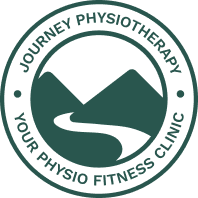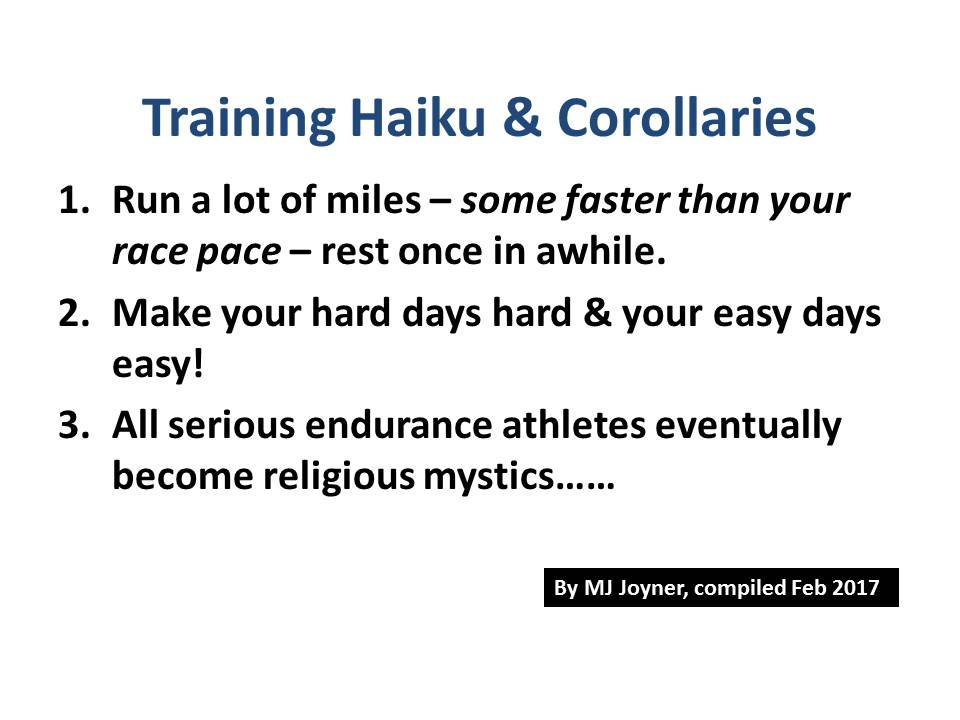Reflections on Running
I started running a little more in late 2019 when my knee started hurting and I needed to back off from the squash court. It was fun to be learning something new again but by late winter I was playing more squash again. Things changed of course again in mid March, so my focus returned to running. The experience has given me a greater appreciation for how long it can take to get truly “comfortable” with some thing new. The process has been fun but it wasn’t easy and it has taken me a long time to build up. No run is perfect and different niggles arise (calf overload after less than 24 hours between runs, aching knee from running downhill with the chariot, foot pain from longer runs) but it is improving and I’m learning how to manage these symptoms.
In the process I tried to implement a polarized plan. I ran most days of the week, with a majority of the runs being low intensity and only a fraction (about 20%) at a high intensity. I implemented a similar method in squash where I spent more time doing low intensity racquet skills over high intensity games (the jury is still out over whether this was working:) For me the approach made sense in squash – my skill development was more important than my fitness and in running my end speed is good but I couldn’t tolerate long runs. The training method encourages you to avoid the middle zone intensity, an area, that without careful attention is pretty easy to fall into. The evidence on this approach is strong (Hutchinson, Fitzgerald, Seiler) but not totally clear cut. As amateurs our results may improve with a different mix of percentages and our goals and time limits will dictate what mix is best (See this article by a running coach in Kenya). My favourite line from the article about the 80/20 approach…”No, not necessarily. It’s just that the reality is not black or white and the circumstance and situation is important. As is almost always the case, the reality is grey. But grey doesn’t sell as many books. The80-20 method is much easier to sell than the “65-15-5-10-5 depending on your experience and phase of training method.”
The approach aligned with my goal of tolerating more miles and the barrier to get going was low. The little haiku below is a nice summary of polarized training. When picking a training plan it is important to make sure it fits your needs. I’ll review some key aspects next.
https://twitter.com/DrMJoyner/status/835581091289436162/photo/1
A good plan should be fun, realistic, and flexible. As a parent flexiblity was a key component to my training plan. Sometimes you have to fit things in when you can. You also won’t always be able to predict what your sleep will be like, what time the kids will wake up, or which kid just needs a little more TLC. Because of these variables you need to be cognizant of how you feel – on days when I was tired I sometimes chose sleep over run. No, choosing TV doesn’t count. Or I scaled back the run or workout to fit my energy levels.
I love exercising so any new challenge is fun for me. The struggle to get better keeps me engaged. This is not true for everyone, some of us need partners, or variety, or a race to make things more fun. Try to be aware that what ever activity you are doing, it can and really should be fun. I’ve thought and read a lot about running over the past few months but running might not be for you. Keep exploring your options, there are endless games and activities – I hope you find one you love!
Below are a few articles, books, and podcasts I have enjoyed on running, triathlons, and health.
Joel Filliol
Alex Hutchinson
Greg Lehman
I have linked to this article before but again it comes down to simplicity. Often the rehab that is need is actually doing the activity that got us into trouble. Which just need to be creative with how we go about doing it
Hugo Van de Broek

